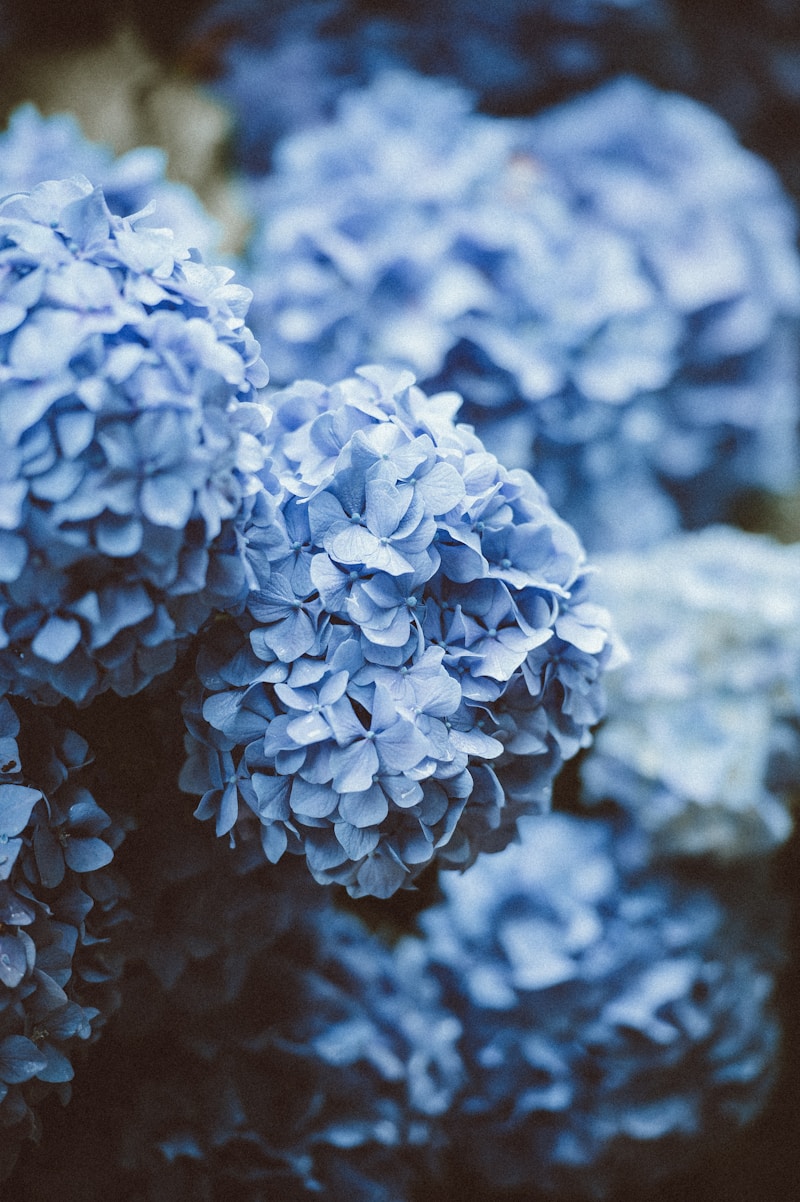Unlocking the Beauty of Nature: DIY Floral Design Tips for Enthusiasts
Introduction to DIY Floral Design
Floral design is not just about arranging flowers; it’s an art that allows you to express creativity while bringing a fresh ambiance into your space. Whether it’s for a special occasion or simply to brighten your home, understanding a few DIY floral design tips can elevate your arrangements significantly. In this article, we will explore essential tips, tools, and techniques that will help you craft stunning floral displays that are sure to impress.
The Basics of Floral Design
Before diving into specific tips, it’s critical to grasp the fundamentals of floral design. Here are a few core concepts:
- Color Theory: Understand the color wheel basics. Complementary colors can create vibrant arrangements while analogous colors provide a more harmonious look.
- Texture: Flowers come in various shapes and sizes. Combining different textures can add depth to your arrangement.
- Balance: Finding the right balance in your design—symmetrical versus asymmetrical—can alter the perception of your floral piece.
Essential Tools for Your Floral Design Endeavors
Having the right tools is essential for successful floral arrangements. Here are some must-have tools:
| Tool | Purpose |
| Floral Scissors | For precise cutting of stems and foliage. |
| Floral Tape | To secure arrangements and provide a neat finish. |
| Floral Foam | Helps in holding stems in place for better stability. |
| Water Tubes | Keep flower stems hydrated, especially during transportation. |
| Vase | Aesthetic container to showcase your design. |
Top DIY Floral Design Tips
Now that you have your tools ready, let’s delve into the tips that will enhance your DIY floral design.
1. Choose the Right Flowers
Selecting the appropriate flowers is the first step to achieving a stunning arrangement. Consider the season, personal preferences, and the overall theme of your project. For instance, peonies and tulips make a great spring bouquet, while chrysanthemums and dahlias are perfect for fall.
2. Prepare Your Flowers
Before arranging, it’s crucial to prepare your flowers correctly. Make fresh cuts at an angle to maximize water absorption and remove any leaves that will sit below the water line to prevent bacterial growth.
3. Understand Proportions
When designing an arrangement, pay attention to the proportions of flowers, foliage, and the container. A general rule is to use one-third of the container’s height for the focal flowers, one-third for secondary flowers, and one-third for filler flowers.
4. Experiment with Design Styles
Don’t be afraid to try different styles! From structured arrangements to free-form designs, experimenting can lead to unique outcomes. Consider styles like:
- Traditional: Symmetrical and often formal.
- Modern: Asymmetrical and often minimalistic.
- Wildflower: Organic and casual, embracing flaws.
5. Consider the Environment
Choose flowers that not only match your taste but also thrive in your local climate. Some flowers may be more suited to your region, affecting their longevity and appearance.
6. Accessorize Wisely
Integrate accessories like ribbons, stones, or decorative elements that complement your flowers. These can enhance the overall aesthetic and make your arrangements unique.
Common DIY Floral Design Mistakes to Avoid
Even seasoned florists can make mistakes. Here are a few common errors you should be aware of:
- Ignoring Scale: Arrangements that are too large or small for the space can look out of place.
- Overcrowding: Too many flowers can compete for attention. Aim for a balanced look.
- Neglecting Water Needs: Ensure that your flowers have access to water; dying blooms can ruin an arrangement.
Gather Inspiration
Whether from nature, art, or other floral arrangements, always seek inspiration! Sites like Pinterest and Instagram are loaded with creative ideas—just search for  .
.
Conclusion and Final Thoughts
Mastering DIY floral design takes time and practice, but with the right tips and techniques, anyone can create beautiful arrangements. Remember to choose your flowers wisely, prepare them correctly, and experiment with various styles. As you continue to explore the world of floral design, keep learning and seeking new inspirations!
Whether for personal enjoyment or special occasions, these DIY floral design tips will help you craft eye-catching arrangements that speak to your unique style. Don't forget to share your creations with friends and family, and above all, have fun in the process!
Always stay updated with new trends and techniques to enhance your floral designing skills. Happy arranging!